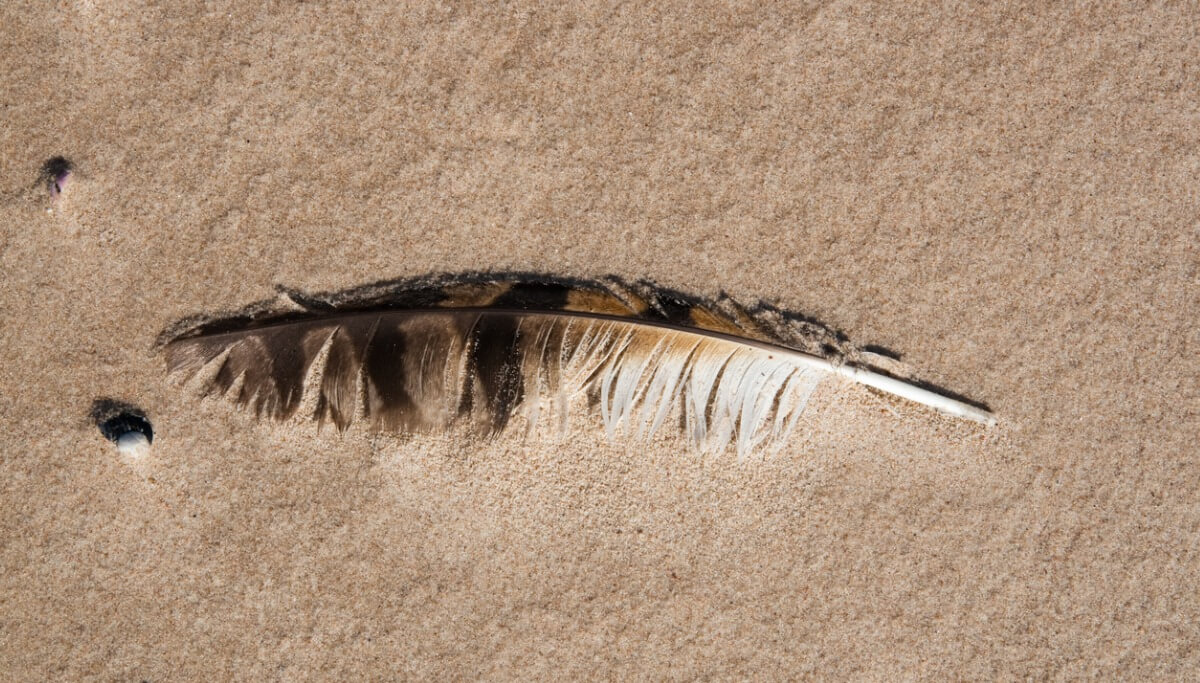Argentavis Magnificens: The Largest Bird in the World


Written and verified by the biologist Cesar Paul Gonzalez Gonzalez
When mentioning the largest birds in the world, storks, condors and albatrosses come to mind. However, this is only true if we talk about current biodiversity. If we move back in time and go back a few million years, we will find Argentavis magnificens.
This species was one of the largest carnivorous birds in the world. Although it became extinct, that doesn’t detract from its prominence. The story behind the discovery of this winged titan is impressive – read on and you’ll understand why.
The giant underground bird
During the 1970s, paleontologists Rosendo Pascual and Eduardo Tonni began their research in La Pampa (Argentina). In their excavations, they found bones that appeared to be those of a bird, but they were so large that they doubted their assumptions.
It was later confirmed that these remains belonged to the largest bird to ever inhabit the Earth, Argentavis magnificens. According to studies, this bird was approximately 7 million years old. In addition, it measured more than 26 feet in wingspan and, from peak to tail, it registered around 12 feet. Each feather could measure more than 3 feet.
This species may have weighed the same as an average human, 70 kilograms.

Controversial promotion
The simple fact that this bird existed is a challenge to nature. At that time, it wasn’t conceivable that a winged animal could exceed 35 kilograms (77 lb) in weight. This rejection was not just on a whim, it called into question everything that was known about flight and aerodynamics.
The question was quite simple: by evolution, birds changed and modified their appearance to be able to fly more easily. This means that they became as light as possible so that when they flapped they wouldn’t have a hard time getting off the ground. At least, this was what was believed before the discovery of A. magnificens.
So how was it possible that Argentavis magnificens managed to fly? The answer is a bit complex: this bird didn’t fly as such, it hovered. This means that it used the hills and mountains of the area to launch itself and, with the help of the wind currents, kept floating. This isn’t flying, but falling gracefully!
What did Argentavis magnificens eat?
In the same area where Argentavis was found, several mammals were also found. The subtropical climate that existed in the area allowed grasslands to exist. For this reason, small mammals, almost the size of a hare, were quite abundant and possibly their main source of food.
In addition to being carnivorous, this species was a scavenger, so it could also feed on corpses.
The way it hunted its prey is quite peculiar. Argentavis used its beak as if it were a hammer, with which it struck its prey to death. It’s also believed that this bird could have used its weight to its advantage, so that by landing on its victims, it could suffocate them with the mass of its body. In the end, it easily swallowed its victim in one bite.
Their nests
We have to take into account that, being such a large and heavy bird, it seems impossible that it would make nests in mountains or cliffs. However, in the same way, having nests at ground level would create problems with other predators.
Argentavis’ solution to this problem seems to be found in its environment. La Pampa is an area where winds blow continuously from the south. In addition, when this bird existed, the Andes Mountains weren’t high enough to stop the north winds.
This means that this species was benefited by winds from different directions, which allowed it to reach high places and nest. For all these reasons, these birds were able to easily move from their hunting area to their nesting area.
Argentavis magnificens belongs to a group of wonderful birds
Argentavis magnificens belongs to a group called teratornithids – monstrous or prodigious birds. This group is characterized by having among its ranks fossils of birds that exceeded even the size of this bird. In addition, the closest relatives they have are condors, so it’s believed that they could be similar.
The first teratornithids were found in paleontological sites in North America. The wingspan of these species exceeded 5 meters (16 feet) and it was believed that they were at the physical limits that a bird could reach in order to fly. In comparison, the largest wingspan of a modern bird doesn’t exceed 3 meters (10 feet)
Extinction
The extinction of this species could be due to climate changes or the fight for food. However, there are likely to be other factors. Unfortunately, there is a lack of information, and so we’ll have to wait for science to continue investigating this species to find out the reason for its decline.

As far as we know, the history of this giant bird begins and ends in the late Miocene. From this moment on, we lose track of it, and so its evolutionary history is considered to be finished at that point. Whatever the case, it was necessary for it to give way to the development of many other species of animals on Earth.
All cited sources were thoroughly reviewed by our team to ensure their quality, reliability, currency, and validity. The bibliography of this article was considered reliable and of academic or scientific accuracy.
- VIZCAÍNO, S. F., & FARIÑA, R. A. (1999). On the ftight capabilities and distribution of the giant Miocene bird Argentavis magnificens (Teratornithidae). Lethaia, 32(4), 271-278.
- Palmqvist, P., & Vizcaíno, S. F. (2003). Ecological and reproductive constraints of body size in the gigantic Argentavis magnificens (Aves, Theratornithidae) from the Miocene of Argentina. Ameghiniana, 40(3), 379-385.
- Tonni, E. P., & Lahitte, H. B. (1989). Gigantes emplumados. Serie Difusión, 1.
- Vizcaíno, S. F., & Fariña, R. A. (2000). El vuelo de un gigante. Museo.
This text is provided for informational purposes only and does not replace consultation with a professional. If in doubt, consult your specialist.